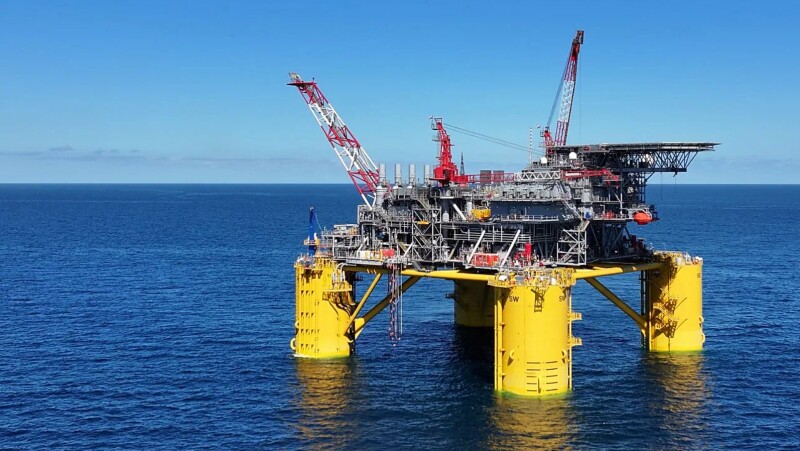Crude output from the US federal waters in the newly renamed Gulf of America (GOA) is expected to total 1.8 million B/D in 2025 and increase slightly to 1.81 million B/D next year, or about 13% of total US oil production. This is according to the US Energy Information Administration’s (EIA) latest forecast which shows a modest uptick in output over the 2024 average of 1.77 million B/D.
However, the figures also represent a slight downgrade from last year’s EIA forecast that projected US offshore production was on pace to reach 1.9 million B/D by 2025. Despite this, the EIA said in its new report that US offshore oil production will hold steady throughout the year and is expected to rise next year, supported by 13 new developments that will help offset natural declines.
Eight of these projects will rely on subsea tiebacks to flow oil and gas to existing floating production units (FPUs), while the remaining five will use four dedicated FPUs. US independent LLOG Exploration plans to bring two fields online using the refurbished Salamanca FPU this year.
Production from the greenfield projects is expected to total 85,000 B/D this year with an additional 308,000 B/D projected to be coming in 2026. The EIA also said that that natural gas production in the GOA will average 1.72 Bcf/D this year before dropping to 1.64 Bcf/D next year.
The EIA highlighted several offshore projects that started production this year, including Shell’s Whale FPU which achieved first oil in January and is expected to reach a peak output of 85,000 B/D.
Other new developments include Chevron’s Ballymore three-well tieback targeting 75,000 B/D, and Shell’s Dover tieback, projected to produce up to 20,000 B/D. Both began production in April.
Beacon Offshore's Shenandoah FPU is slated to come online in the second half of the year, with peak production expected to reach 140,000 B/D by 2026.
The EIA also warned that an active hurricane season, with up to 17 named storms expected in the GOA, could disrupt project timelines.


